Chemistry is a branch of science that deals with the properties, composition, structure, and change of matter.
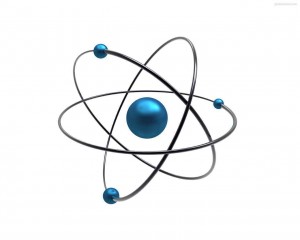
Victorian era (1837-1901) marks a period of immense development in the various fields of science and technology. One of the advancing scientific fields of study during this period was the Chemistry, which resulted in the discovery of noble gasses, formulation of Dalton’s Law and Graham’s Law up to the conception of the modern Atomic Theory.
Dalton’s Law and Atomic Theory
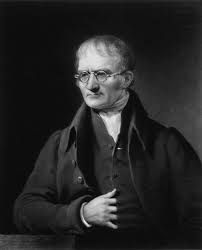
John Dalton (1766 – 1844) was an English chemist notorious for his pioneering work on colour blindness, or Daltonism and most, especially on modern Atomic Theory. His foundational study prior to Atomic Theory was Dalton’s Law, which he proposed in 1802.
Dalton’s law states that in a mixture of non-reacting gases, the total pressure exerted is equal to the sum of the partial pressures of the individual gases.
Atomic Theory: Key points
- Atoms are minutely small particles that made up the elements.
- Atoms of the same elements are identical while atoms of different elements differ in size, mass, and properties.
- Atoms are indestructible, it cannot be created nor destroy.
- Atoms of different elements, when combined, form chemical compounds.
- During a chemical reaction, atoms are merged, separated, and rearranged.
Ramsay and Noble Gasses
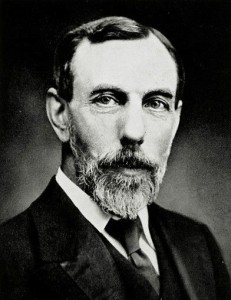
Sir William Ramsay (1852 – 1916) was a chemist who determined noble gasses and received the Noble Prize in Chemistry in 1904. Noble gasses are the seven chemical elements that make up the group 18 of the periodic table. Through his investigation, he isolated argon, helium, neon, krypton and xenon led to the development of a new section of the periodic table into having another section.
Graham’s Law and Dialysis
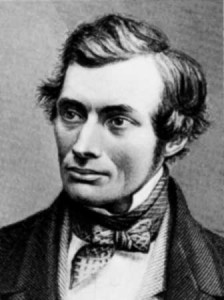
Thomas Graham (1805 – 1869) was a chemist best known for his seminal work on dialysis and diffusion and effusion of gases – Graham’s law.
Dialysis is a process for eliminating waste and excess water from the blood. This is primarily needed as a medication for lost kidney function and kidney failure.
Basically, Graham law states that the rate of effusion or diffusion of a gas in inversely proportional to the square root of its molecular weight. This provides a basis for disconnecting isotopes by means of diffusion – a method that is essential in the development of the atomic bomb – during the Victorian era Chemistry.
Faraday and Electrochemistry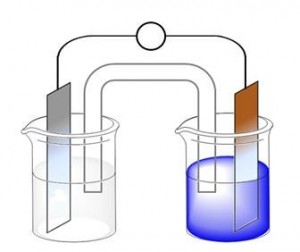
Michael Faraday (1791 – 1867) was a Victorian scientist recognized for his notable contributions to the fields of electrochemistry and electromagnetism in 1831. His primary scientific discoveries in Victorian era Chemistry involved those electromagnetic inductions, diamagnetism, and electrolysis – Faraday’s Law.
These scientific discoveries and findings by Victorian scientists ultimately led to more Victorian inventions. Indeed, it was during this period of time when Victorian era Chemistry made a remarkable breakthrough.